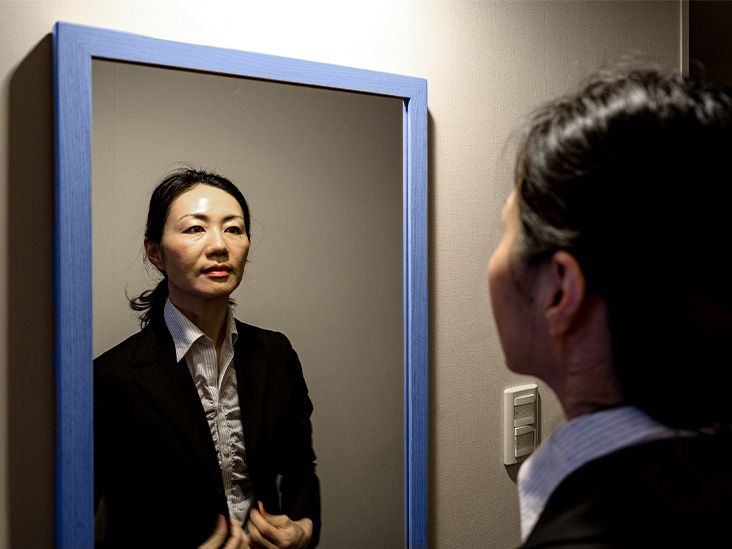Botox is a temporary treatment with effects that wear off after approximately 2 months. The duration of its effects can vary depending on your dosage and past Botox injections.
Botox is a brand-name injectable neurotoxin (a substance that alters nerve function). Botox is prescribed to treat different medical conditions, such as migraine. It’s also a common cosmetic procedure used to reduce the appearance of wrinkles.
Cosmetic Botox and medical Botox contain different amounts of the same active ingredient (onabotulinumtoxinA). It’s derived from the botulinum toxin of the bacterium that causes botulism. Botox is safe and has few side effects when appropriately given by a healthcare professional. But, the toxin’s effect is temporary.
In this article, we explain when Botox injections may wear off and why. We also describe what factors may cause it to fade away faster than expected.

No matter whether you’re receiving it for medical or cosmetic reasons, Botox wears off over time. Some common Botox treatments and their duration are described below:
- Forehead and eyebrow wrinkles: Typically, you can expect to first see a visible reduction in wrinkles of the target area within 4 weeks of your first injection. These effects may last between
3 to 4 months , but results vary between people. - Crow’s feet lines: Typically, the effects of Botox in lines that encircle your outer eye last between 7 to 12 weeks.
- Migraine: Botox is prescribed to help prevent migraine episodes in adults with chronic migraine. These injections are necessary every 12 weeks to maintain the pain-relieving effects.
- Hyperhidrosis (excessive sweating): Botox is also an effective treatment for preventing excessive sweating. It works by blocking the release of chemicals that trigger your sweat glands. Typically, the effect of Botox injections under the arms lasts
at least 6 months .
Learn more about how long Botox lasts.
Researchers aren’t sure what happens to Botox as its effects wear off. However, they suspect your body metabolizes the toxin in the same way as other medications — with enzymes released from your liver.
Once Botox is injected, it inhibits the activity of nerve signals in the treated area. It
But as Botox
While
It’s not known exactly how the body clears Botox. Because Botox is a protein complex, researchers believe it eventually breaks down into amino acids (what proteins are made of). The body removes or absorbs them.
Many factors can influence how long Botox lasts, including the dose and type of botulinum toxin you receive.
Botox dose
The amount of Botox you receive may
Type of botulinum toxin
Botox is one brand of botulinum toxin. Other common commercial preparations include:
- onabotulinumtoxinA (Botox, Botox Cosmetic)
- abobotulinumtoxinA (Dysport)
- incobotulinumtoxinA (Xeomin)
- rimabotulinumtoxinB (Myobloc)
- daxibotulinumtoxinA-lanm (Daxxify)
- prabotulinumtoxinA-xvfs (Jeuveau)
- letibotulinumtoxinA-wlbg (Letybo)
These preparations of botulinum toxin are similar, but they may vary in onset and duration of effectiveness. For example, treatment across different muscle groups with Dysport may
Note: The Food and Drug Administration (FDA) approved Letybo in February 2024, but the product may not be available yet.
Movement
Moving your body or the treatment area too much after your Botox procedure may affect its duration. Aftercare instructions typically recommend avoiding strenuous physical activity for 24 hours after receiving Botox. To learn about exercise and Botox, take a look at this article.
If your Botox wears off too quickly or has little effect, talk with your healthcare professional who performed your procedure. They may need to alter your dose. For example, if you notice Botox wearing off after 1 month, you
Keep in mind that your first Botox injection may wear away faster. Your second treatment may last longer as your muscles start to shrink from lack of use. Also, each person experiences results from Botox injections differently.
In addition, some people are resistant to Botox due to the production of
To ensure your results last as long as possible, be sure to follow the instructions of the healthcare professional who is giving your Botox injections. They typically advise avoiding strenuous exercise for at least 2 hours after your treatment.
Other strategies may include:
- Zinc supplements: Some studies suggest that zinc may help prolong the effects of Botox but more research is needed.
- Sunscreen: Some research supports the common recommendation to avoid UV light after Botox injections by applying sunscreen (with an SPF higher than 30).
Botox is a temporary treatment for both cosmetic uses and medical conditions.
Botox typically wears off after 2 to 6 months. The exact time varies, depending on your history of Botox injections, treatment dose, and condition.
You may prolong the activity of Botox by following the posttreatment instructions that a clinician provides.
